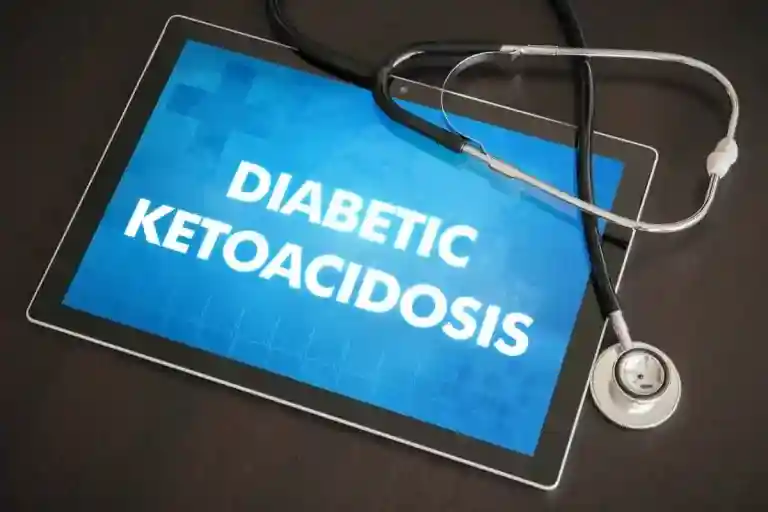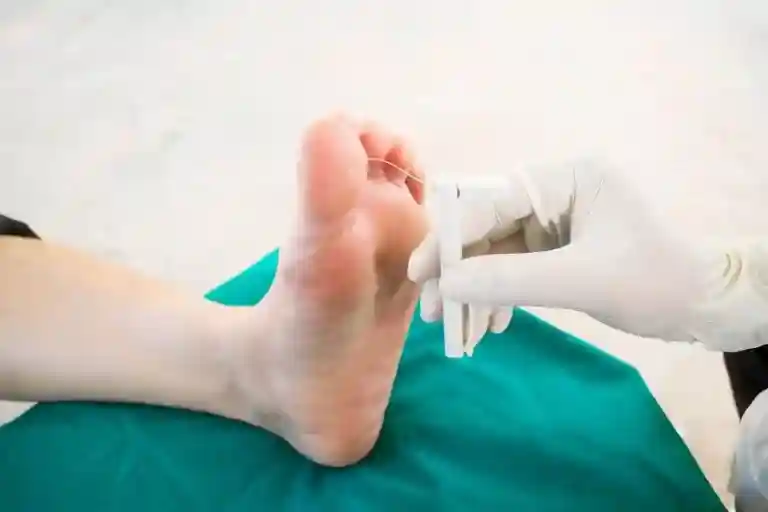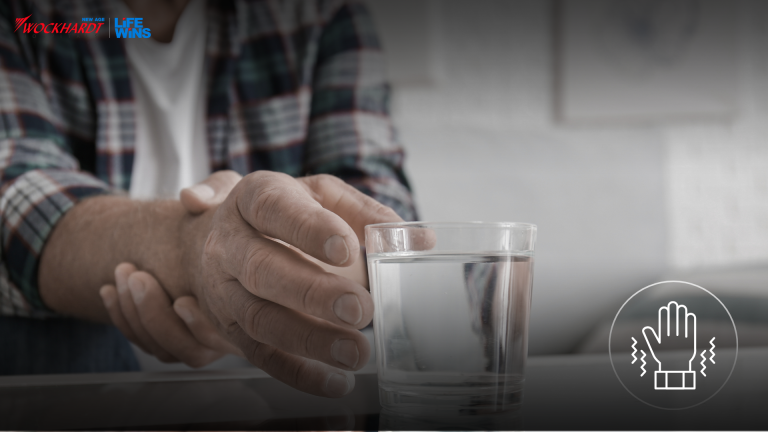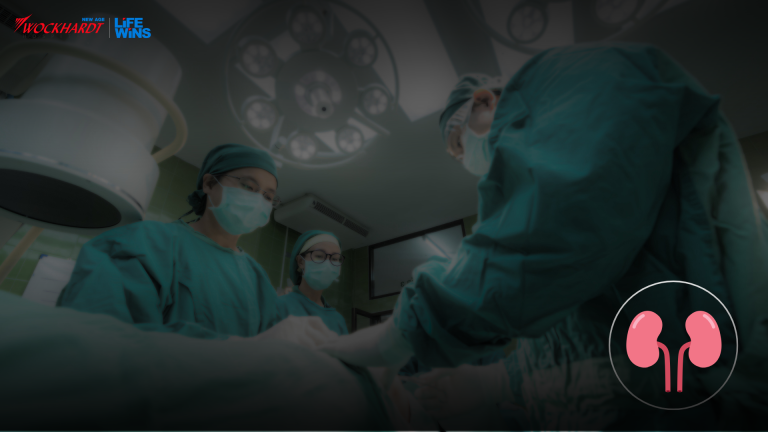Diabetes-related ketoacidosis, or simply Diabetic Ketoacidosis, is a life-threatening complication of diabetes in which the body does not have enough insulin to utilize glucose for energy production in the body. It turns to fats for breaking down into energy, releasing ketones in the process. These ketones turn the blood acidic, leading to a life-threatening condition.
What is Diabetes-related Ketoacidosis (DKA)?
Diabetic ketoacidosis is a serious and life-threatening complication of diabetes affecting those with unregulated diabetes or those who have not been diagnosed with diabetes yet. People with this condition are not able to produce enough insulin. Insulin plays an essential role in utilizing sugar or glucose for producing energy to be used by the body by facilitating the movement of sugar into the cells of the body. The insulin hormone is produced by the pancreas normally or injected into the bloodstream in diabetic patients.
When there is a lack of insulin, the body may start breaking down fat to produce energy as the cells cannot utilize glucose present in the body. When the body starts breaking down fat, ketones are released into the bloodstream. When ketones start building up in the body, a high level of ketone can make the blood acidic. If left untreated or undiagnosed, it can turn into a dangerous condition known as diabetic ketoacidosis, which can give many warning signs and symptoms. This condition requires medical attention as soon as possible as it is potentially life-threatening.
People with type-1 or type-2 diabetes can potentially develop diabetic ketoacidosis at any point in their lives. Therefore, it is important to stay vigilant of the symptoms exhibited by the body, and any concerning changes should be reported to a doctor to avoid complications.
Diabetic Ketoacidosis Symptoms
Incidentally, the symptoms of diabetes-related ketoacidosis (DKA) can appear as early as 24 hours after the body has started breaking down fat and releasing ketones into the bloodstream. For some people, these symptoms may even be the first signs of diabetes, which would then warrant a visit to the doctor to confirm or rule out the possibility. However, none of these symptoms should be ignored, especially if there is a family history of diabetes or the patient is obese and has risk factors for diabetes.
The early diabetic ketoacidosis symptoms may include the following.
- Extreme thirst and dehydration
- Frequent urination
- Headache
- High blood glucose level (over 250 mg/dL)
- High amounts of ketones found in urine or a blood test
If the condition has progressed, severe diabetic ketoacidosis symptoms may appear, which may include:
- Fruity smelling breath
- Nausea and vomiting
- Tiredness or weakness
- Shortness of breath
- Abdominal pain
- Feeling confused or disoriented
- Decreased alertness
Diabetic Ketoacidosis Causes
The main cause of experiencing diabetes-related ketoacidosis is a lack of enough insulin in the body. The following conditions may lead to this medical condition.
- Illness: When a person becomes sick, sometimes some hormones like cortisol (stress hormone) and adrenaline are released. These hormones can make it difficult for the body to utilize insulin properly.
- Infection: Experiencing an infection may also release cortisol and adrenaline hormones, which can make it harder for the body to use insulin. Pneumonia, skin infections, and urinary tract infections (UTIs) are some of the common infections that may be its cause.
- Pancreatitis: Pancreas is responsible for producing and releasing insulin in the body. When the pancreas becomes damaged due to pancreatitis, insulin levels in the body can become lower than normal. It may trigger diabetic patients to go into a diabetic ketoacidosis condition.
- Heart attack or stroke: If a diabetic person experiences a heart attack or stroke, it can lead to development of diabetes-related ketoacidosis.
- Pregnancy: Pregnant women who have diabetes may experience insulin resistance as and when their pregnancy progresses. This can also lead to the development of diabetic ketoacidosis in pregnant women.
- Alcohol or drug abuse: Alcohol and drug abuse can make the body resistant to insulin and make the body inefficient in utilizing insulin for energy production. Additionally, if a diabetic patient abuses alcohol or drugs, it is likely for them to miss insulin doses, which can lead to diabetes-related ketoacidosis in that person.
- Certain medications: Certain corticosteroids and antipsychotic drugs can trigger this condition in diabetic patients.
Diabetic Ketoacidosis Diagnosis
Primary diabetic ketoacidosis diagnosis can be done by a physical examination and performing certain blood tests.
The blood tests performed for diagnosing diabetic ketoacidosis may include the following.
- Blood sugar level: If there is insufficient insulin in the body, the blood sugar level is supposed to be high. This causes a condition known as hyperglycemia. When the body starts breaking down fat, the blood sugar is left unutilized which may cause a rise in blood glucose levels.
- Ketone level: As the body starts breaking down fat, ketones are released, raising the level of ketones in the body. Quantitative analysis of the ketone level in the body can help to understand if it is due to diabetic ketoacidosis.
- Blood acidity: Higher levels of ketones in the body can make the body more acidic than normal. A blood acidity test can help to determine if it may be related to diabetic ketoacidosis.
Quantitative analysis of ketone can also be done by a urine test. Other diagnostic tests used for the diabetic ketoacidosis diagnosis may include:
- Urine analysis
- Blood electrolyte test
- Chest X-ray
- Electrocardiogram (ECG)
Diabetic Ketoacidosis Treatment
Diabetic ketoacidosis treatment may be treated as an emergency if the symptoms are severe. The treatments used for diabetic ketoacidosis may include the following.
Fluids
Frequently urinating can cause loss of fluid, thinning out blood sugar in the process. Fluids can be replenished orally or intravenously through an IV line.
Electrolyte Replacement
Having too little insulin in the body can also lead to the lowering of various electrolyte levels in the blood, such as sodium, potassium, and chloride. Electrolytes also need to be replaced during diabetic ketoacidosis treatment.
Insulin Therapy
In addition to electrolyte and fluid replacement, insulin is also administered, usually intravenously, to reverse the diabetic ketoacidosis condition. Insulin therapy may be administered until the blood sugar level becomes lower than 200 mg/dL and the blood is no longer acidic.
At Wockhardt Hospitals, Mumbai, we are committed to providing exceptional diabetes treatment for a wide range of health conditions, including Diabetic Ketoacidosis, making sure all our patient’s medical needs and emergencies are well taken care of with utmost expertise and compassion. We have years of experience with all the world-class facilities and state-of-the-art infrastructure for optimal healthcare services in one place.


















